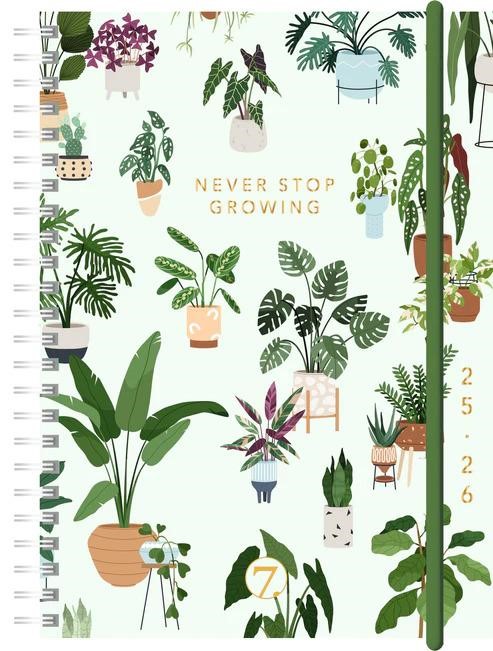
Not long ago, people predicted that smartphones and laptops would completely replace traditional stationery. After all, why keep a notebook when you can open a note-taking app? Why buy a planner when your phone can send reminders? And yet, year after year, people continue to buy calendars, planners, and notebooks. The truth is, paper offers something technology never quite manages: a physical connection to our goals, our thoughts, and our time.
Planning Life on Paper
Consider the simple årskalender. At first glance, it may seem like a basic tool—just twelve months laid out across a few pages. But the power of a year-at-a-glance calendar lies in perspective. When you see birthdays, holidays, work deadlines, and travel plans together, patterns start to emerge. Suddenly, you notice the busy seasons, the quiet months, and where you might need to create balance.
It’s a level of clarity that no app notification can deliver. A wall calendar or desk calendar becomes a constant reminder of both obligations and opportunities—helping you plan not only for today but also for the bigger picture.
The Everyday Calendar Advantage
For daily life, nothing beats a trusty kalender. While digital reminders can easily vanish into a flood of notifications, writing down appointments or to-do lists on paper makes them real. The physical act of scheduling something by hand creates accountability.
Calendars also bring motivation. Crossing out a completed day, circling a deadline, or marking progress gives a sense of achievement. In a world full of distractions, those small wins keep people moving forward.
Notebooks: Where Ideas Come Alive
Ask any writer, designer, or student about their favorite tool, and chances are they’ll mention a notebook. A skrivebok is more than a collection of blank pages—it’s a space for creativity and reflection. Writing by hand sparks different brain activity compared to typing, leading to stronger memory and deeper focus.
People use notebooks for everything: journaling, sketching, brainstorming business ideas, or simply capturing fleeting thoughts before they vanish. Unlike digital notes that often get lost in folders, a notebook becomes a personal archive—one that’s easy to revisit and deeply personal.
A Century of Trust in Quality
Few companies understand the timeless value of paper as well as Almanakkforlaget. With over a hundred years of history, the brand has mastered the art of combining tradition with modern needs. Their calendars and notebooks are designed not just for function but also for inspiration.
By focusing on quality, usability, and aesthetics, they’ve become a trusted partner for individuals, families, and businesses looking to stay organized. Whether it’s a yearly planner, a daily calendar, or a writing book, their products remind us that structure and creativity can go hand in hand.
Why Paper Still Matters
Some might wonder: if digital tools can do it all, why stick with paper? The answer lies in how humans interact with information. Paper slows us down—in the best way possible. It encourages mindfulness, focus, and intentionality. While phones encourage quick swipes and constant interruptions, paper invites us to think, reflect, and connect with what truly matters.
There’s also the emotional aspect. A filled notebook, a calendar marked with family milestones, or a planner filled with goals becomes more than just paper—it becomes part of someone’s story. These tangible artifacts of life carry meaning in a way that digital files rarely can.
Blending Old and New
Interestingly, the rise of digital tools hasn’t made paper obsolete. Instead, it has reshaped its purpose. Many people now use a hybrid system—digital for quick access and sharing, and paper for deep planning and reflection. This balance ensures that calendars and notebooks remain not only relevant but also indispensable.
A student may use an app to keep track of exam dates but rely on a physical notebook for studying. A business professional may schedule meetings online but map out big-picture goals on a paper calendar. Paper and digital complement each other, creating a more complete system of organization.
Final Thoughts
Far from being outdated, paper-based tools have proven their resilience in a digital-first world. An annual calendar offers perspective, a daily planner builds discipline, and a notebook provides creative freedom. Together, they shape how people plan, create, and remember.
Brands like Almanakkforlaget continue to carry this tradition forward, offering products that aren’t just useful, but meaningful. Because in the end, staying organized isn’t just about efficiency—it’s about living with intention, clarity, and a touch of inspiration.